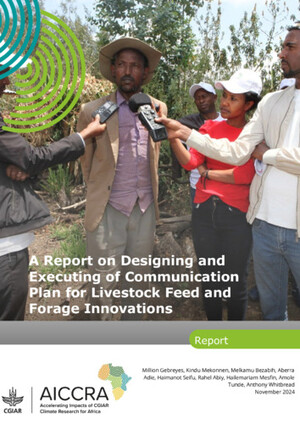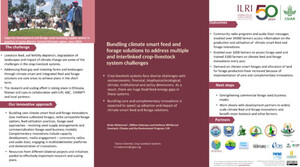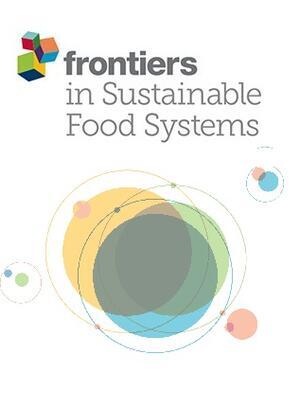
Food
Abstract
This chapter examines the principal domestic sources of food in Kenya, including crop production, livestock, fishing, and hunting-gathering. A detailed livelihood map gives an overview of how Kenyan households use natural resources, wage labor, and other urban employment to make a living. Maps of cropping intensities show that Kenya’s rainfed agriculture reflects the country’s rainfall patterns, with a significant proportion of farmers being exposed to the risks of unreliable rainfall or prolonged drought. A detailed view of central and western Kenya, where more than 90 percent of croplands are located shows that farmers dedicate large shares of their cropland to food crops in selected high-potential Districts such as Trans Nzoia, Uasin Gishu, Lugari, upper Nandi, and Nakuru (maize and other cereals), Narok (wheat), and lower Kirinyaga (rice). Food crop shares are also high in the more marginal cropping areas—but here agriculture is dominated by lower-yielding maize—for example, along Lake Victoria and large parts of Laikipia, Machakos, Mwingi, Kitui, Makueni, Taita Taveta, Kwale, Kilifi, and Malindi Districts. Livestock production in Kenya also displays distinct spatial patterns: high dairy output and surpluses primarily in central Kenya; milk deficits in large parts of Nyanza and Western Provinces; and pastoral and agropastoral livestock rearing in the arid and semi-arid lands. The chapter concludes with a set of maps on fishing and hunting-gathering of wild animals and plants.
Citation
Kristjanson, P., Okwi, P.O., Mutunga, N., Oduor, J., Nyoro, J., Lee-Smith, D., Kute, A., Kimathi, G., Akwany, P., Notenbeart, A., Arunga, M., Baltenweck, I., Situma, A., Nackoney, J., Landsberg, F., Mock, G., Cooper, E., Henninger, N., Tunstall, D., Billings, H., Rosas, C. de and Worms, J. 2007. Food. IN: Natures Benefits in Kenya: An Atlas of Ecosystems and Human Well-Being. pp. 42-61. Washington, D.C. (USA): World Resources Institute.










